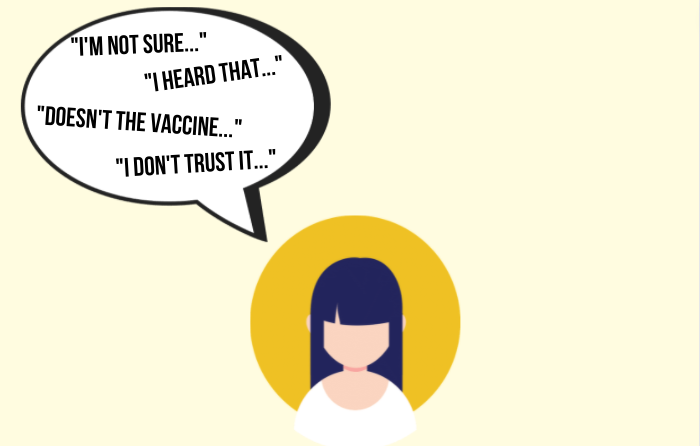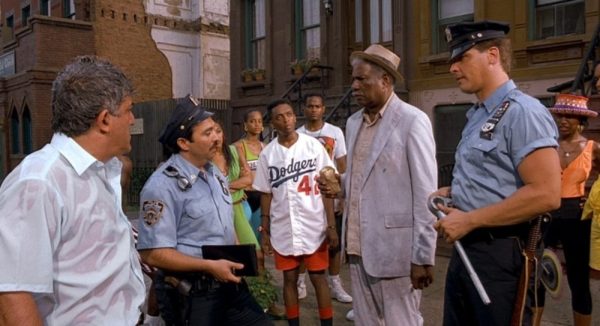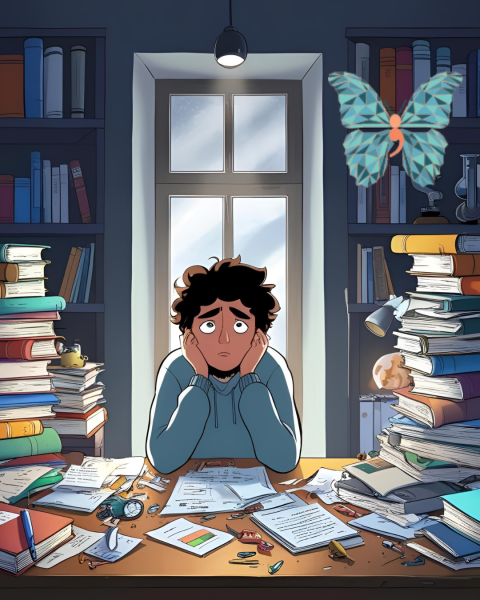Vaccine disparities put people of color at tremendous risk
Though it is important, many people are hesitant to get vaccinated.
The development of vaccines has come a long way concerning people of color, making the COVID-19 mRNA vaccine completely safe. Yet there is still hesitance within minority-majority communities to get the vaccination.
Whether it was the misdiagnosis of medical conditions, racial discrimination, or even human experimentation, people of color have historically had bad experiences with the medical system. Being hesitant in trusting the medical system is a valid concern, but in a time like now when a virus with different variants is affecting everyone in the world, it is highly important to get vaccinated.
People of color are disproportionately affected by COVID-19 and face a greater risk of severe illness and death from the virus, especially if unvaccinated.
Going in public unvaccinated is a danger not only for yourself but to everyone around you. There is no protection for those who are unvaccinated, especially for children and elders. Of all cases, 22% are in 17-year-olds and younger, and young people who contract the virus are vulnerable to getting multi-system inflammatory syndrome. “When you protect yourself, you protect the community of those around you, including the people that you love,” associate professor of medicine at the Medical College of Wisconsin and infectious disease specialist Joyce Sanchez said.
There are many harmful misconceptions about the vaccination series. People of color have had more trials for the vaccine, ensuring that it is safe for everyone. The technology used to create the vaccines in the United States was studied for at least three decades. The vaccine was studied in thousands of individuals before it became available for emergency use. More than 197 million people globally have received at least one dose of the vaccination.
“Relying on someone who has a medical degree or medical training behind them, is a much better way of getting accurate information than clicking a TikTok video from someone who you don’t know where that information is coming from,” Sanchez said. It is important to understand where information is coming from, whether it is social media, news, radio, etc. A lot of information spread through social media comes from unreliable sources that give inaccurate, and/or outdated information.
As long as the virus has the opportunity to infect people, replicate, and divide itself, new variants will always arise. Omicron is the variant that has changed the most, and as new information is being found, protecting yourself and others is a priority. “The number one intervention you can do as an individual is to get vaccinated,” Sanchez added. If you or anyone you know is eligible for the booster, get the booster. If you are not vaccinated yet, get vaccinated.
Your donation will support the student journalists of Watkins Mill High School. Your contribution will allow us to purchase equipment and cover our annual website hosting costs.
Mina Graham is a Senior at Watkins Mill High School. She is part of NHS, ACES, the Social Awareness Group (SAG), and plays varsity tennis. She has plans...
Isabella Luna is a junior at Watkins Mill High School and a Features Managing Editor for The Current. She is a part of ACES and Social Awareness Group....









